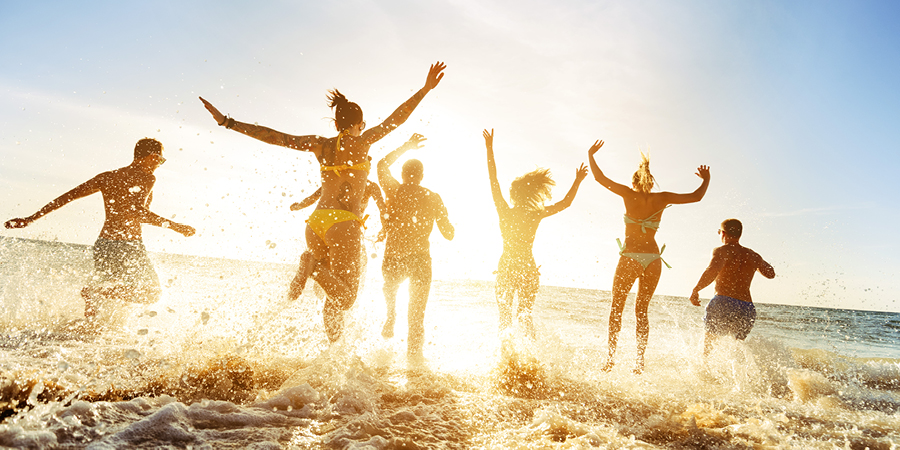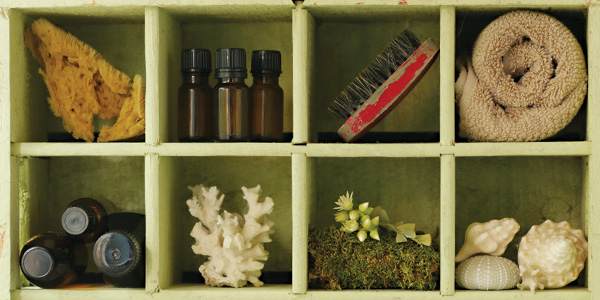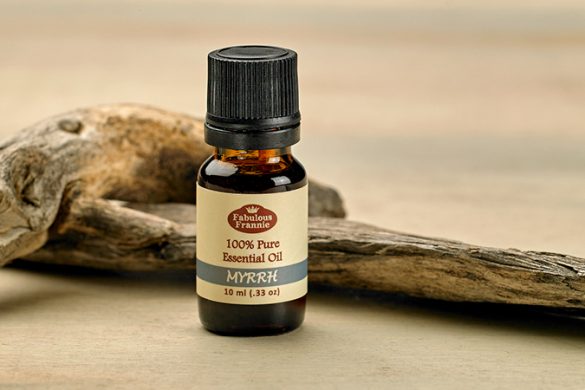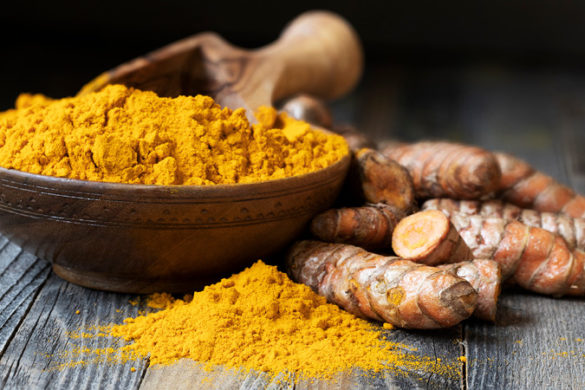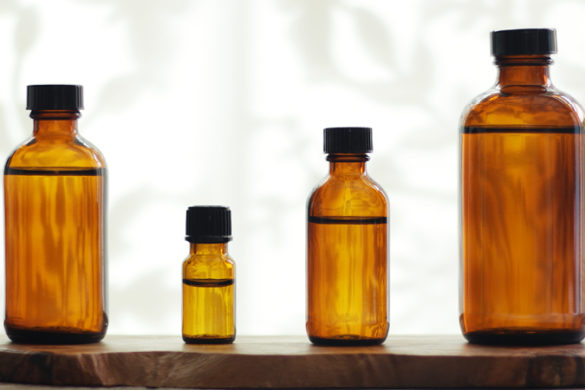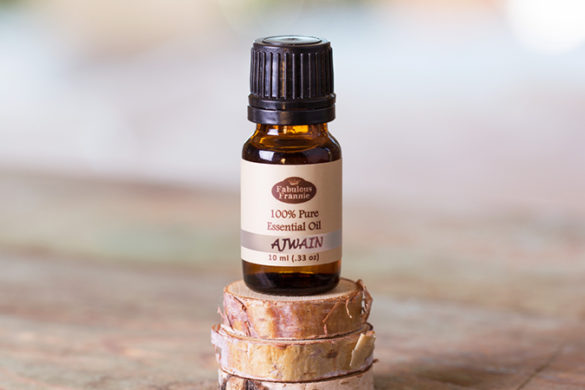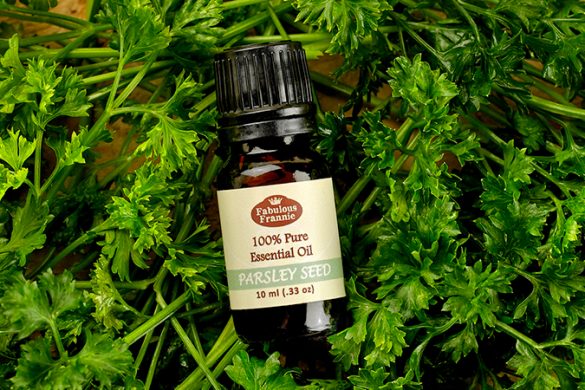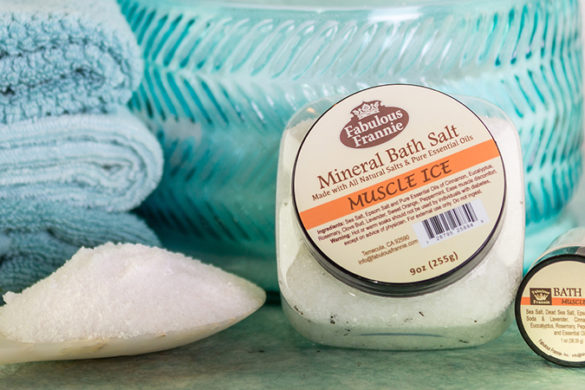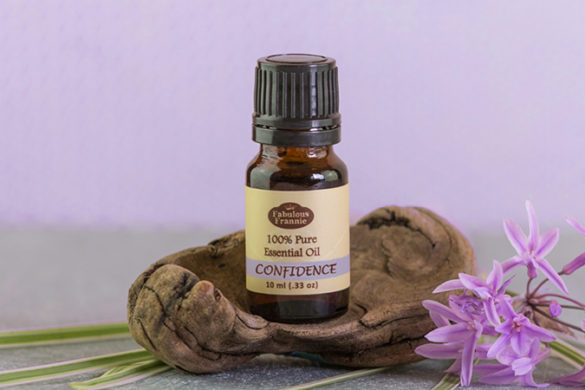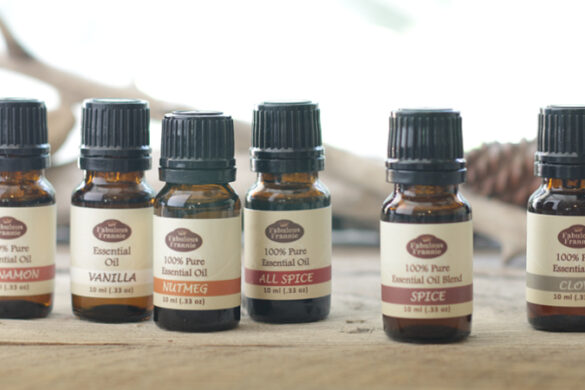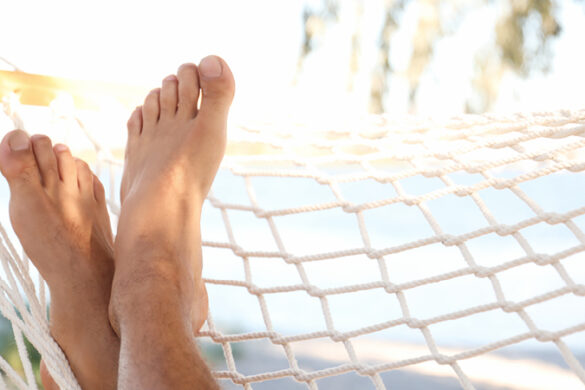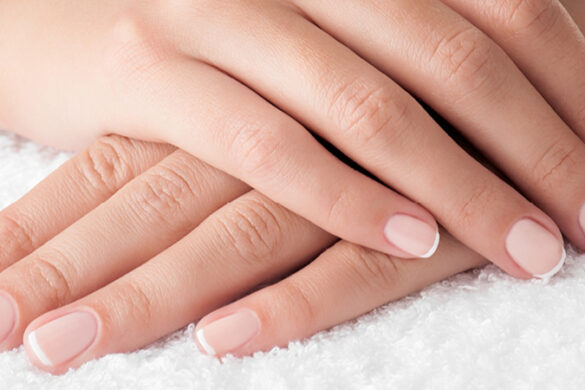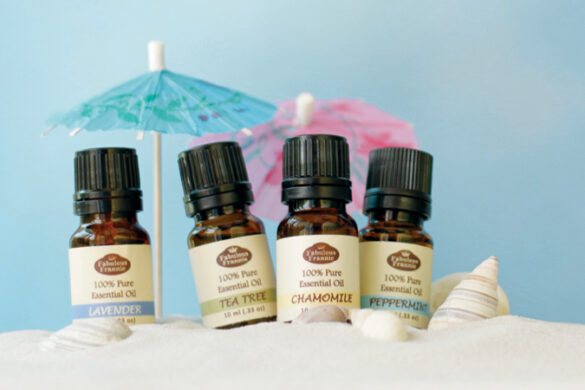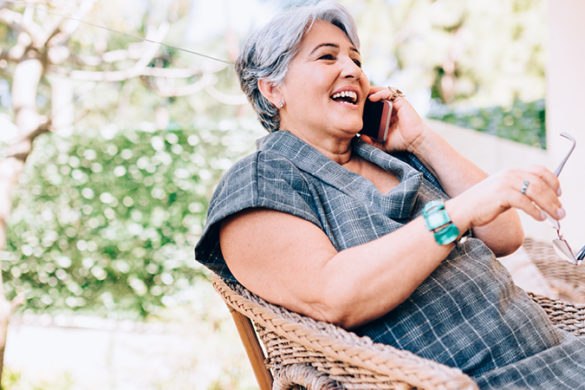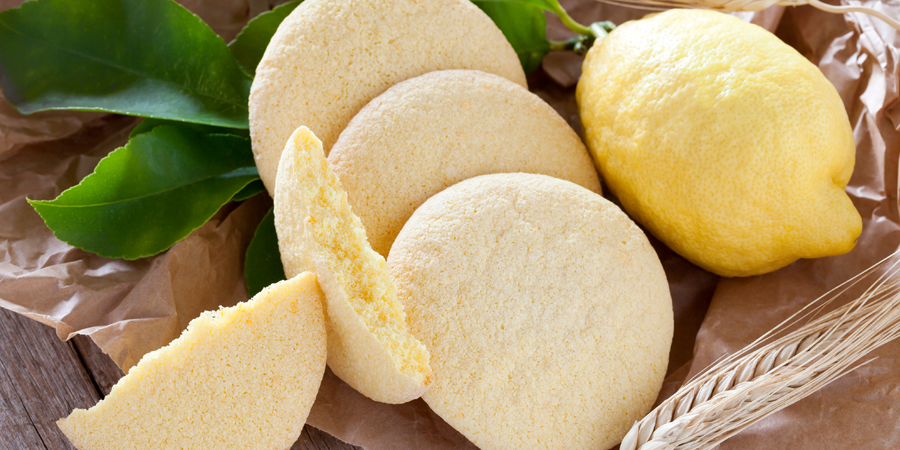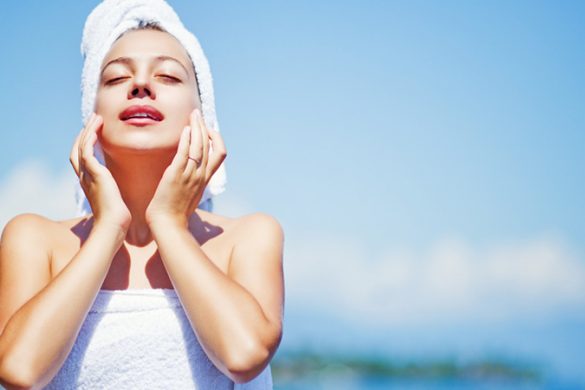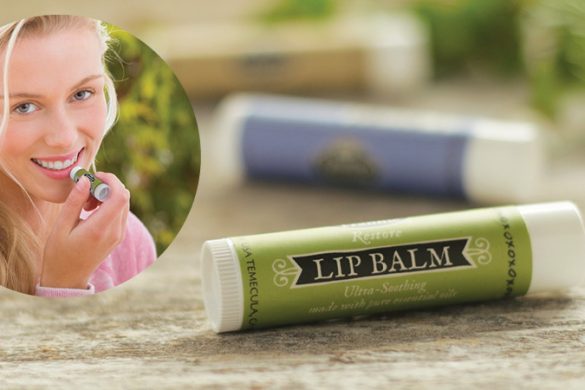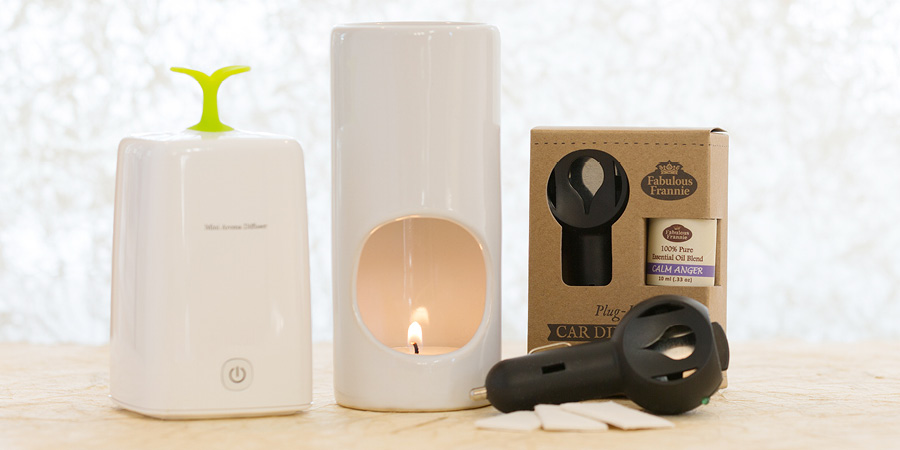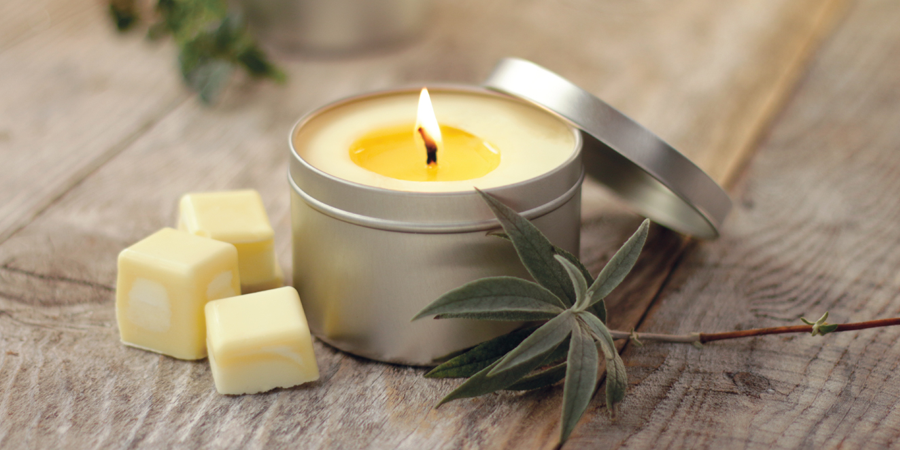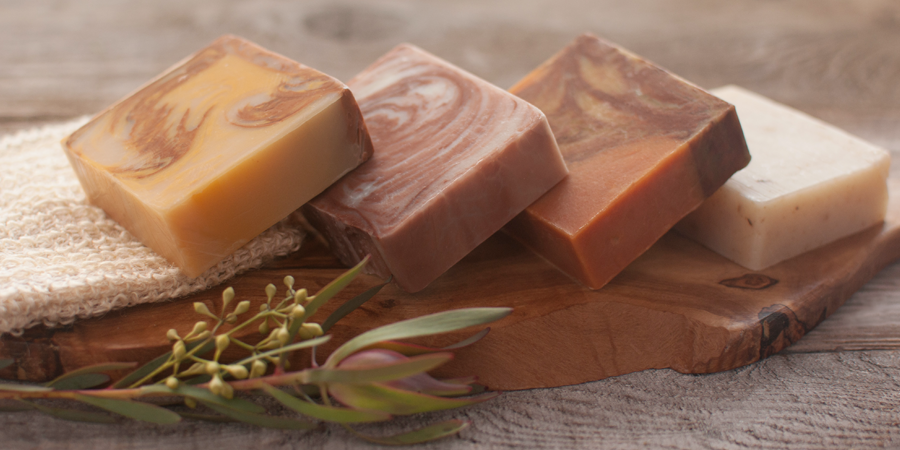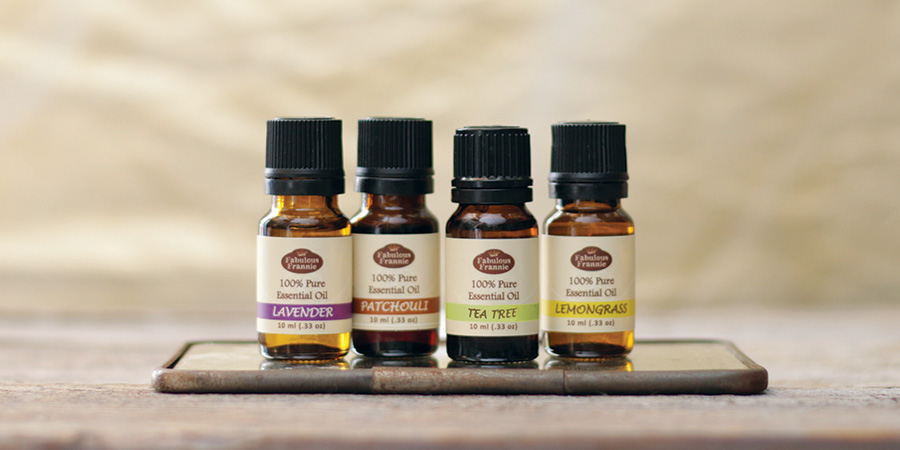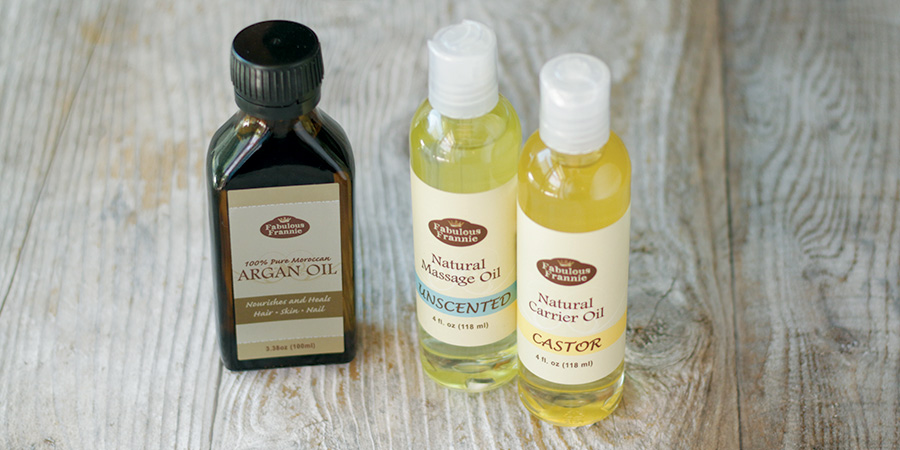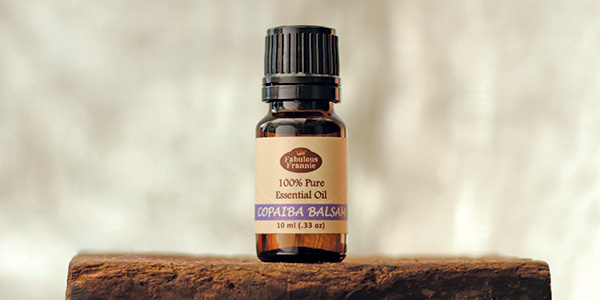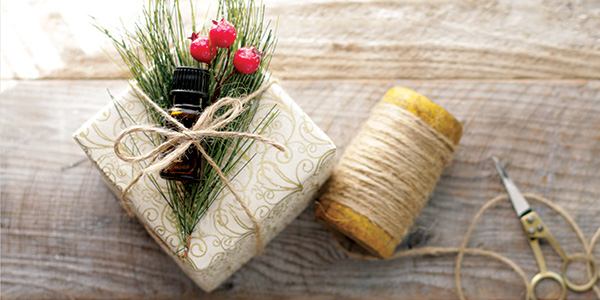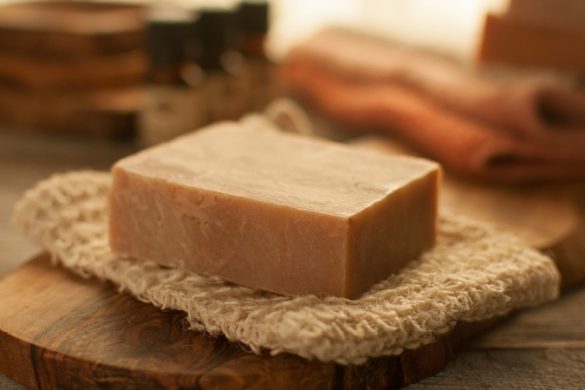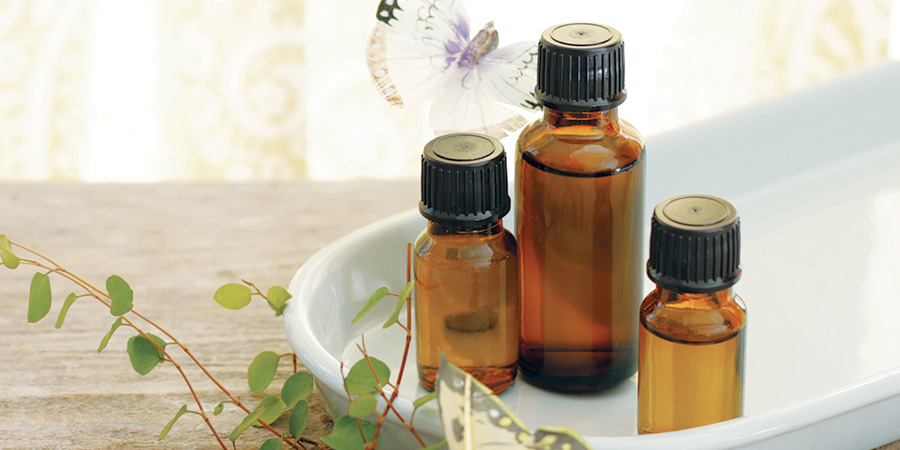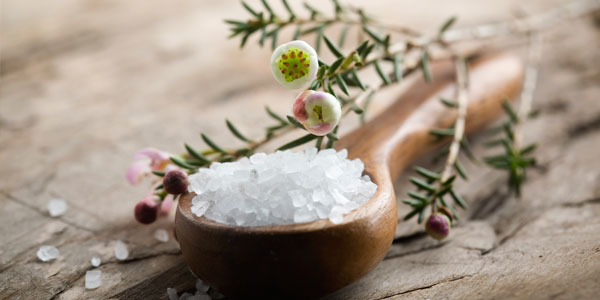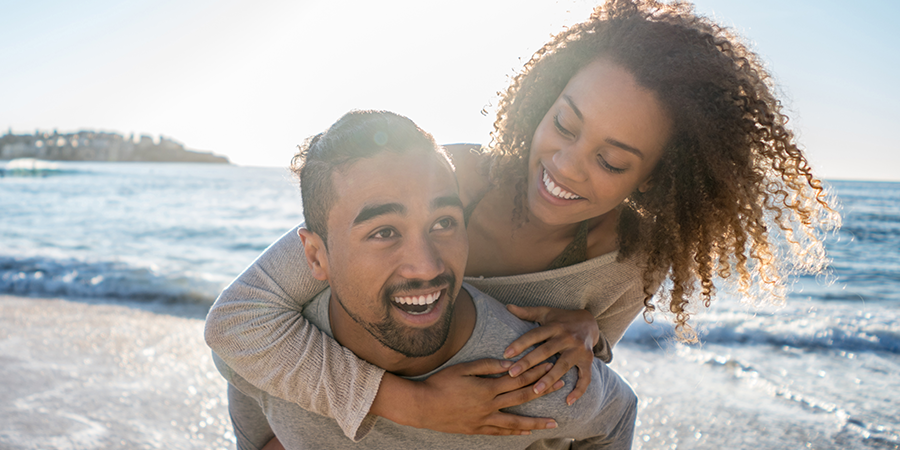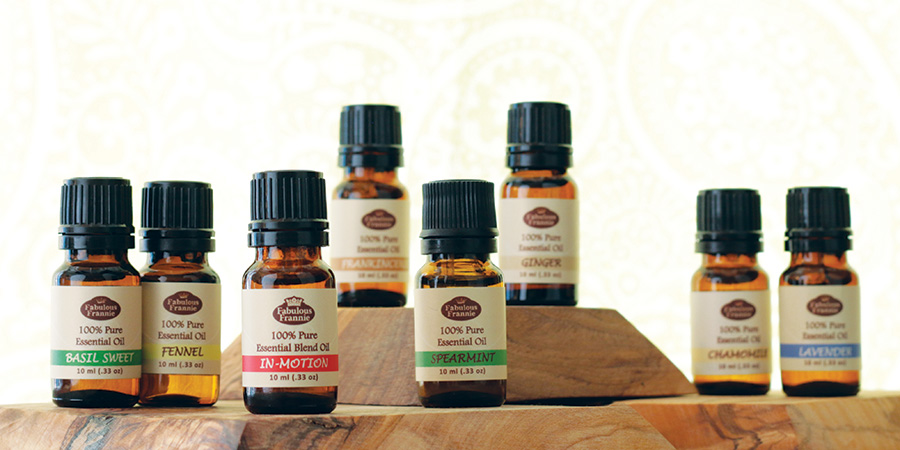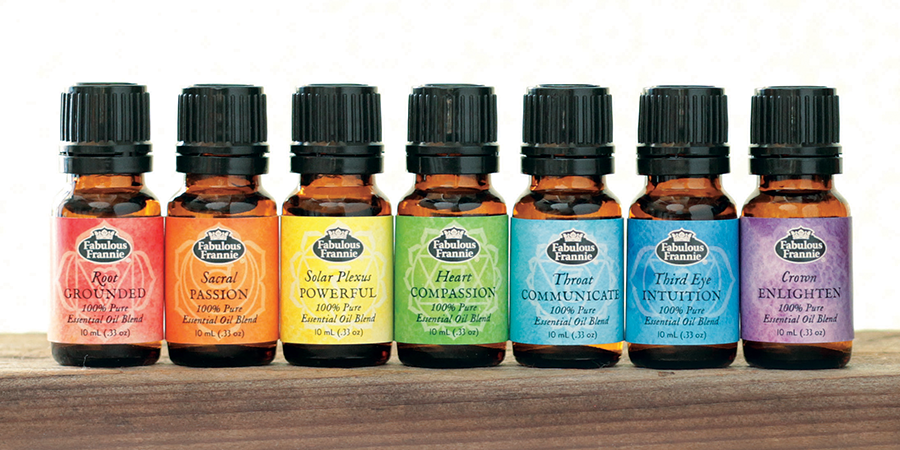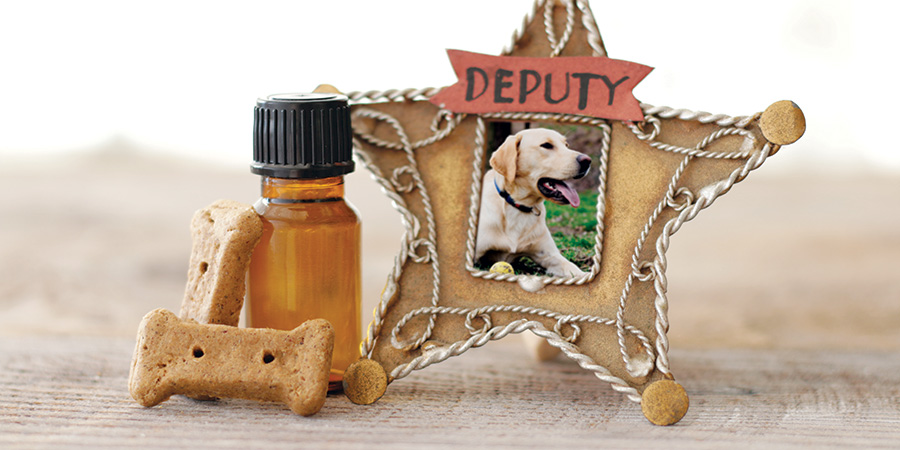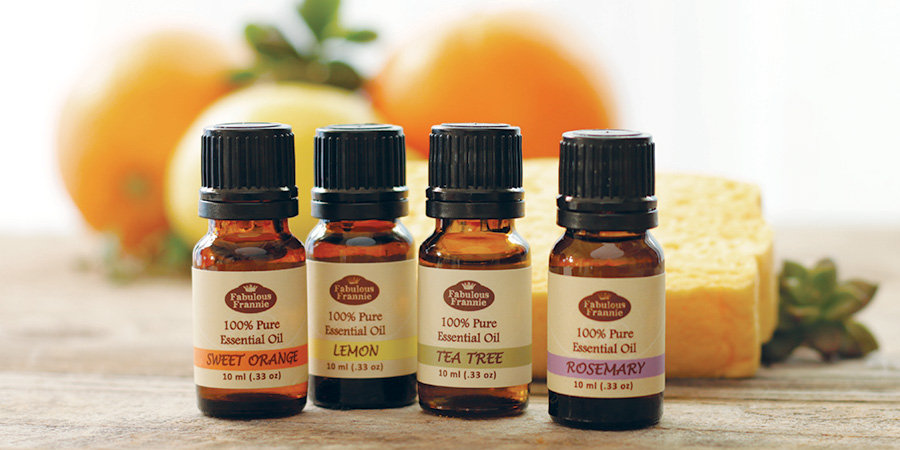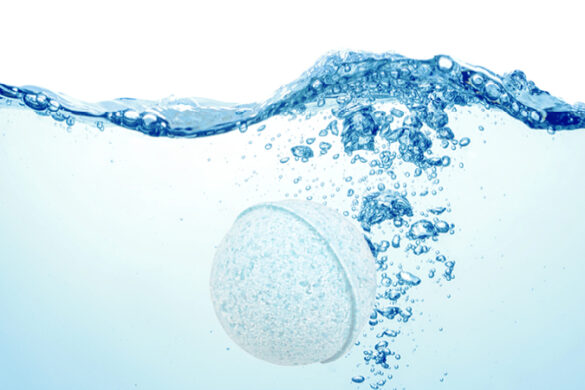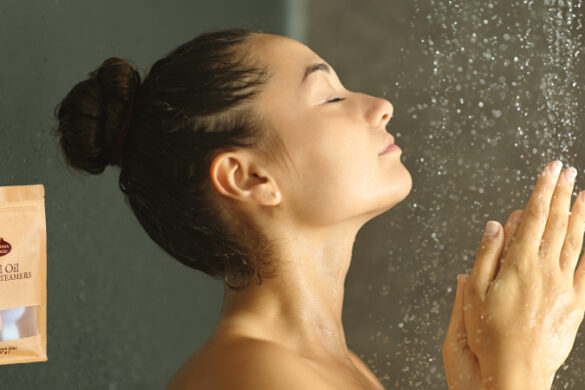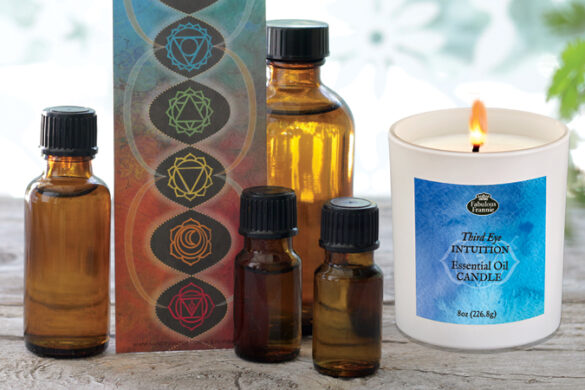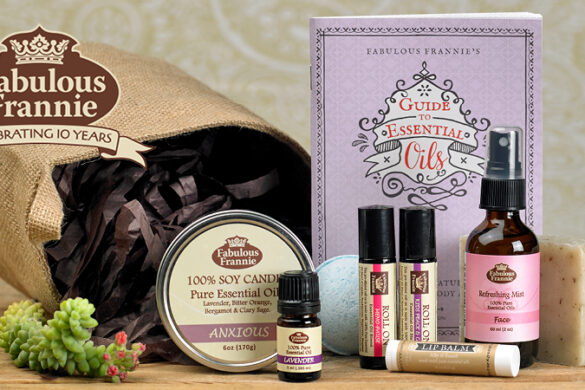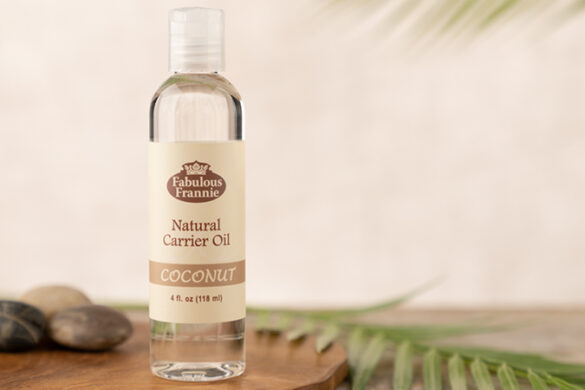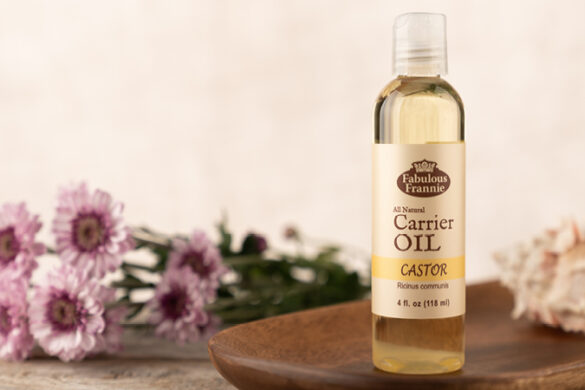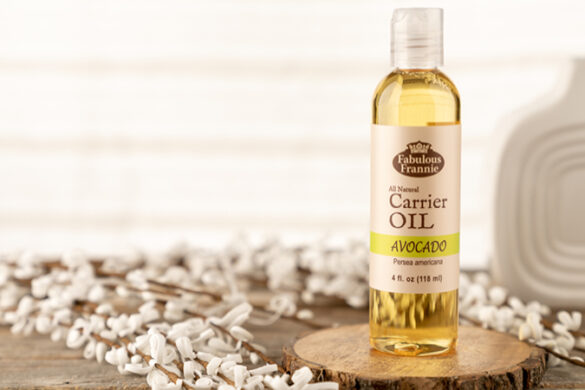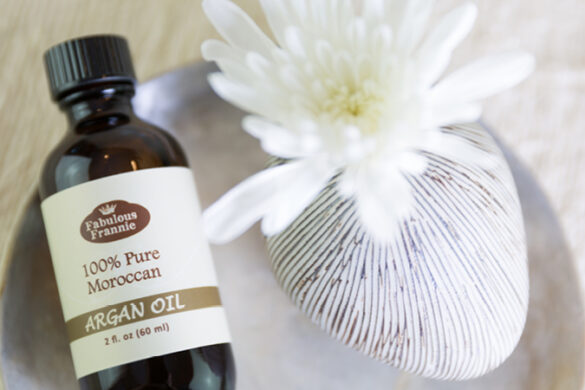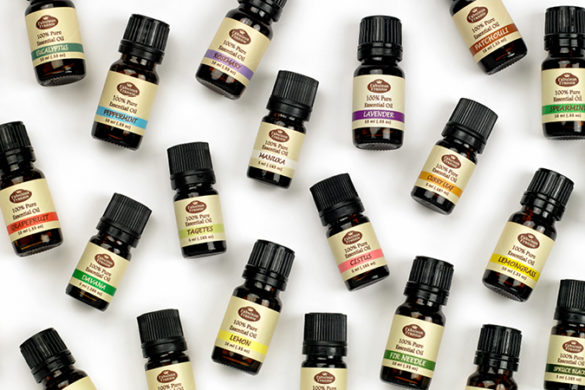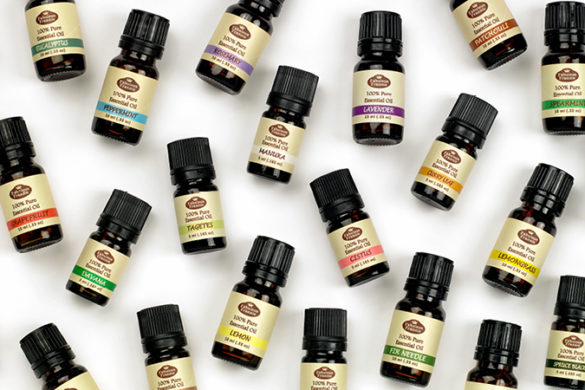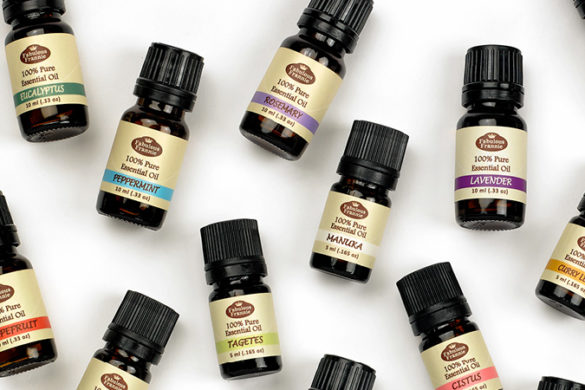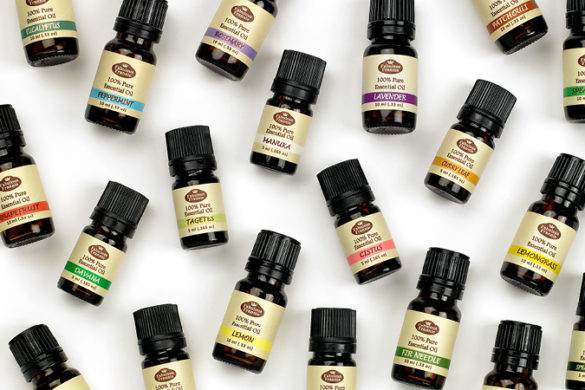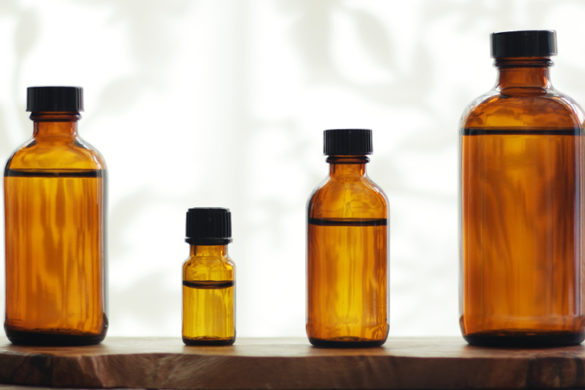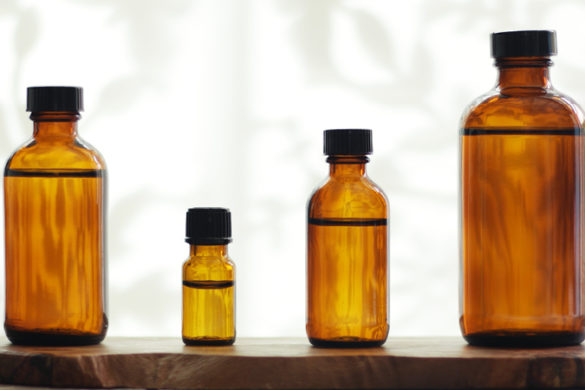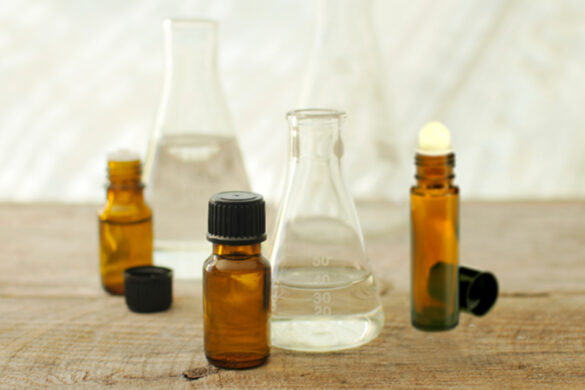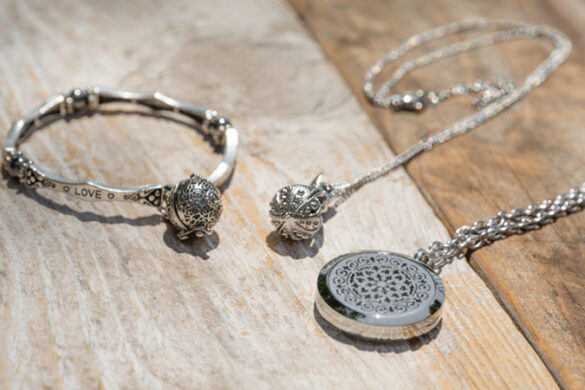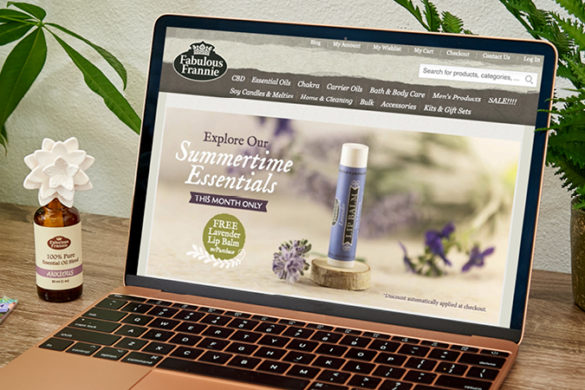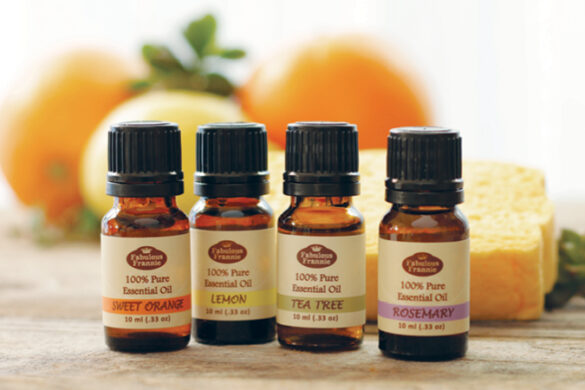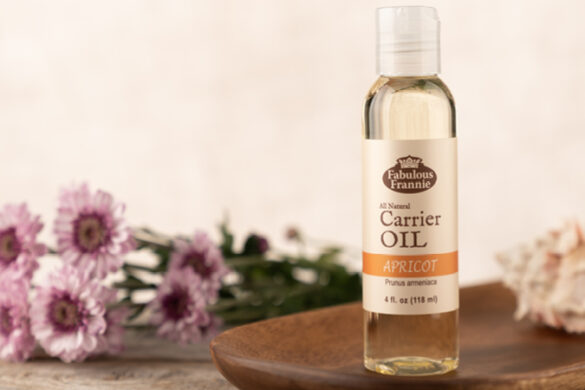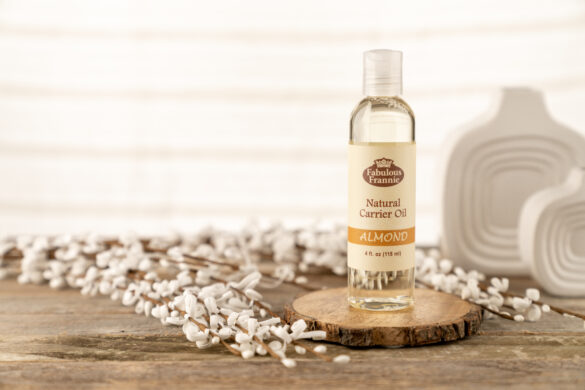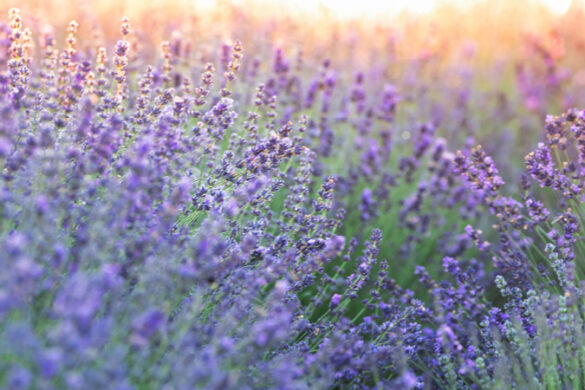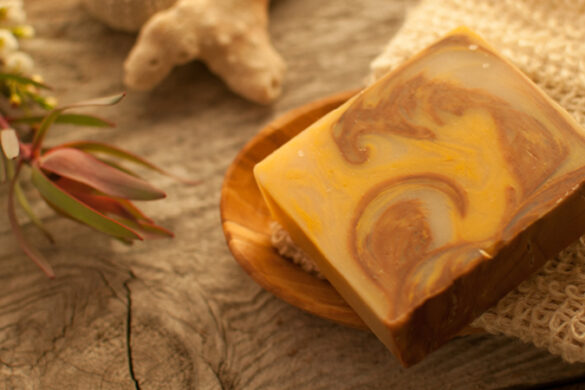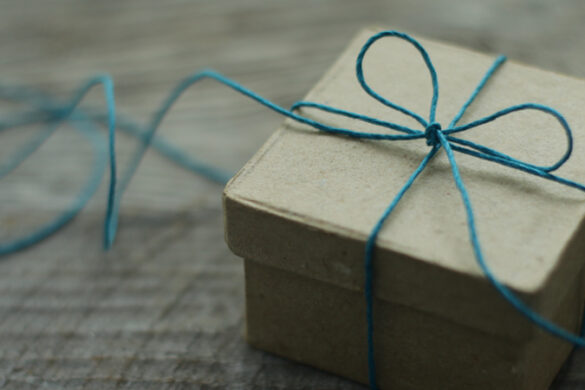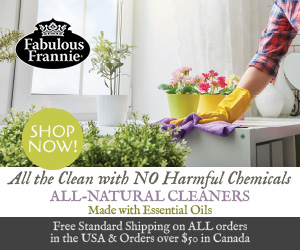No matter whether you’re going to the beach, taking a hike, or simply doing errands, it’s important to protect yourself from the sun’s glorious, yet damaging rays. Here are some tips to help you play all day and feel good the next!
Cover-Up & Drink Up
Wear hats and sunglasses to protect your eyes and head from direct sun. It’s also important to make sure that you drink LOTS of water before, during, and after exposure to the sun. Sun depletes the body of hydration, so it’s important that to keep levels stocked. While you should enjoy water, try to avoid drinking alcoholic beverages while in the sun or recovering. Alcohol can increase inflammation, which can prolong pain and hinder your skin’s cells from repairing themselves.
Apply, Apply, Apply
When spending time outdoors, it’s important to wear sunscreen, regardless of whether or not you think the sun is directly contacting you. Remember, sun rays bounce off surfaces and come into contact with you. The Sun Safety Alliance recommends that adults use sunscreen with at least SPF 15, while children use at least SPF 30. It’s important to reapply sunscreen after every dip in the water, physical activity that results in sweating, or any toweling off to make sure that skin remains protected. If you’re looking for a little extra coverage, you can apply Coconut Oil, which has a natural SPF of 5-10, in addition to your other sunscreen.
Natural Wonders
So, you did all that, and you still got a little too much sun… now what? I’ve already shared how helpful Lavender can be for adding to After-Sun Lotions and Sunburn Relief Oils, as well as a few other essential oils that can do the trick for relieving pain and inflammation, but they’re not the only tricks you need to know.
First thing you need to do is cool down your skin. You can do this by submerging the affected areas in cold water for about 5-10 minutes or applying cool damp cloths. One way to speed up this process is by adding one cup of Apple Cider Vinegar to the cold bath. The reason why you need to cool down the skin is to help relieve pain and inflammation, so you can experience relief and start the healing process. Once you’ve cooled down, you can combine a few drops of Lavender with Aloe Vera to help combat both pain and peeling. After the healing process is underway and skin is cool and dry, apply calming and rejuvenating oils like Chamomile and Helichrysum combined with Coconut Oil. Use regularly until skin is back to its normal, hydrated self (and even after that).
A Note About Phototoxic Oils
As we discussed in our All About Citrus Essentials Oils blog, several Citrus oils, like Grapefruit and Lemon, are phototoxic. This means that they can potentially cause reactions such as redness, inflammation, and even blistering when exposed to sunlight. This means that it’s important for you to know how much sun exposure you’ll be getting before applying these topically and to dilute them in high percentages. During the summer months, it may be a good idea to limit the use of these oils to non-topical (like inhalers, diffusers, etc.) or nighttime applications.

